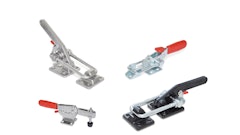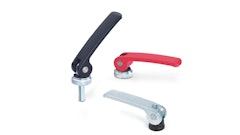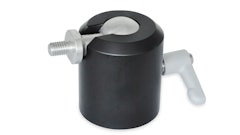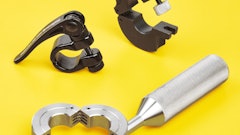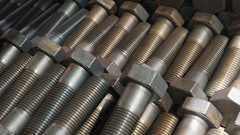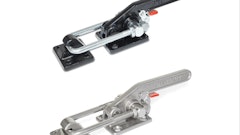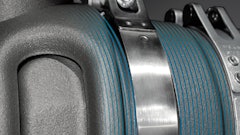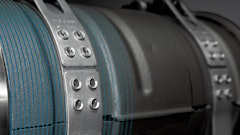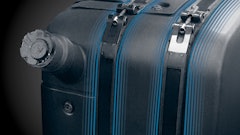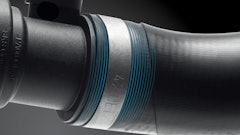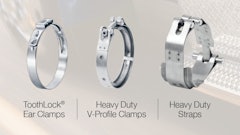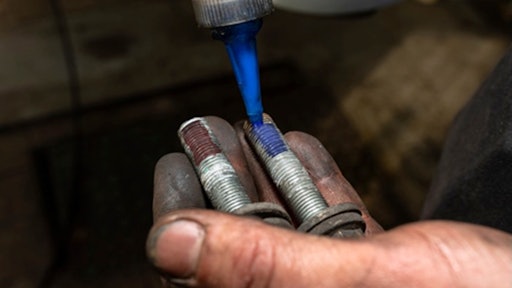
Fasteners are fundamental to the construction industry. They hold everything together, from the foundation to the roof. But loose fasteners can fail, and when they do, it can have serious safety implications and lead to costly repairs.
Fastener failure can occur in a variety of ways. For example, bolts and screws can loosen due to vibration, causing the joint to become weak and unstable over time. Additionally, thermal cycling can cause fasteners to expand and contract at different rates, leading to stress on the joint and potential failure. In the construction trades, equipment, buildings and infrastructure are exposed to a range of environmental factors, including wind, rain, and temperature fluctuations.
Understand the types of threadlockers
Threadlocking adhesives are an inexpensive tool to increase the reliability of threaded assemblies. Threadlockers create a permanent seal in metal fasteners to prevent loosening and are available in several different formulations, including anaerobic, acrylic, and silicone-based compounds.
Anaerobic threadlockers are the most common type used in construction because they harden to a tough solid when exposed to metal ions in the absence of oxygen. This provides 100% contact between metal parts, whereas a typical nut and bolt assembly may have as little as 15% metal-to-metal contact. Additionally, anaerobic threadlockers are designed to withstand high temperatures, making them ideal for applications where thermal cycling is a concern.
To choose the right threadlocker for your project, you need to consider the following factors:
- The size and the type of fastener
- The environment in which the fastener will be used
- The amount of torque that will be applied to the fastener.
Threadlocking adhesives offer different strengths, each denoted by color, making them ideal for various applications. Low-strength threadlockers are purple and suitable for fasteners under 1/4” (6mm) and offer easy removal. Medium-strength threadlockers are blue and are ideal for fasteners up to 3/4” in diameter, commonly used in pumps, compressors and as mounting bolts. High-strength threadlockers are red and are used on fasteners up to 1-1/2” diameter for permanent assembly applications like structural bolts in construction, heavy equipment and various mounts. Removal may require localized heat (>550°F/260°C), hand tools and disassembly while hot.
When using threadlockers, it’s important to follow the manufacturer's instructions carefully. Typically, clean and dry the fastener first. Then evenly apply the product to the fastener’s threads and tighten the fastener to the recommended torque specification. The adhesive cures, forming a strong bond between the threads of the fastener and the material it’s secured to, preventing galling and corrosion and increasing the strength and reliability of the joint.
By choosing the right type of threadlocker and using it correctly, construction professionals can ensure the safety and structural integrity of machinery, buildings and other infrastructure. Whether securing bolts and screws in a small-scale project or securing larger structural components, threadlockers are essential to any construction project.



